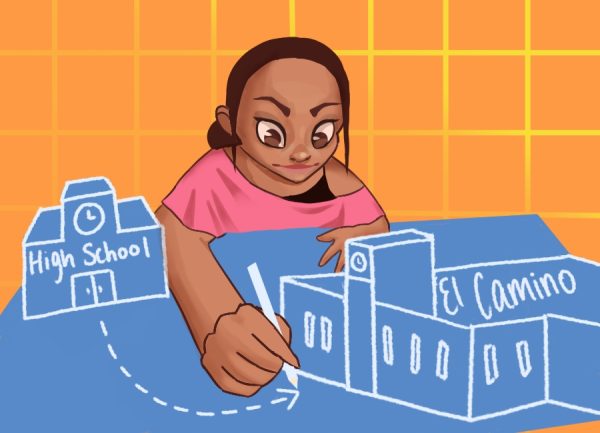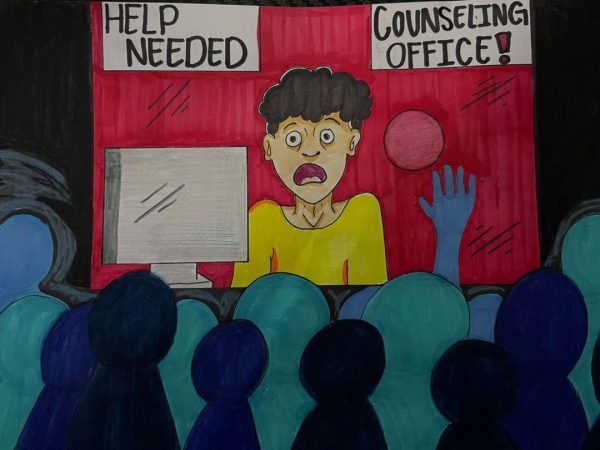Is Halloween just for kids?
What do devils, Disney princesses, bumblebees and hobos have in common? ÿAll stand less than four feet tall and have a severe sweet tooth.
With Halloween less than two weeks away, millions of Americans are stocking multiple bags of assorted bite-sized candies, stringing their homes with faux spider webs, purchasing pumpkins and making final costume decisions in preparation for the holiday.
When the night finally arrives, the streets are scattered with children in disguises, gripping pillowcases and lit by the soft, green illumination of glow sticks. ÿDoorbells are constantly ringing, children chant “trick-or-treat” and demand “something good to eat,” and occasionally one will here the crunchy splat of a neighbor’s jack-o’-lantern hitting the concrete (or someone’s foot). Well, usually.
In recent years, Halloween has become more than a children’s holiday; the big kids come out to play too. ÿAdults and teenagers often host parties on the holiday, and it is not uncommon to see many trick-or-treating themselves.
Because the adults become so preoccupied with their own Halloween agenda, many forget the single task that gives the holiday its signature: passing out candy to cute, costumed kids. ÿAfter all, what is Halloween without trick-or-treating?
Society has, over the years, established Halloween as a children’s holiday, and therefore, should remain as such. ÿJust as Valentine’s Day is associated with romance, St. Patrick’s Day with binge drinking, and Thanksgiving with family dining, Halloween is generally known to most as an excuse for children to dress up and increase their candy collection.
Though the holiday is derived from Celtic festival Samhain, most of those who celebrate Halloween haven’t a clue as to its origin. ÿIts pagan foundation is rarely celebrated anymore, and trick-or-treating seems to be the holiday’s dominant ritual.
There certainly is no harm in adults wanting to dress up, watch horror movies all night, or throw parties on Halloween. However, just as a teenager would not throw a toga party on Mother’s Day, adults should keep the holiday’s current connotation in mind and contribute to the children’s enjoyment.
In a way, Halloween can be beneficial to children. ÿMany may recall a certain fear of monsters under the beds, ghosts in the closets, and an immense fear of the dark when they were children. ÿOctober 31 seems to be perfect opportunity for young children to conquer these fears, if not confront them.
There is a great chance that the Halloween known to most Americans will change its identity in the near future. ÿRazor blades in apples, tainted candy, and the increasing dangers of children walking dark streets unsupervised may cause Halloween to simply dissolve into a sugarless night of horror movies, or for many, just another excuse to get wasted.




